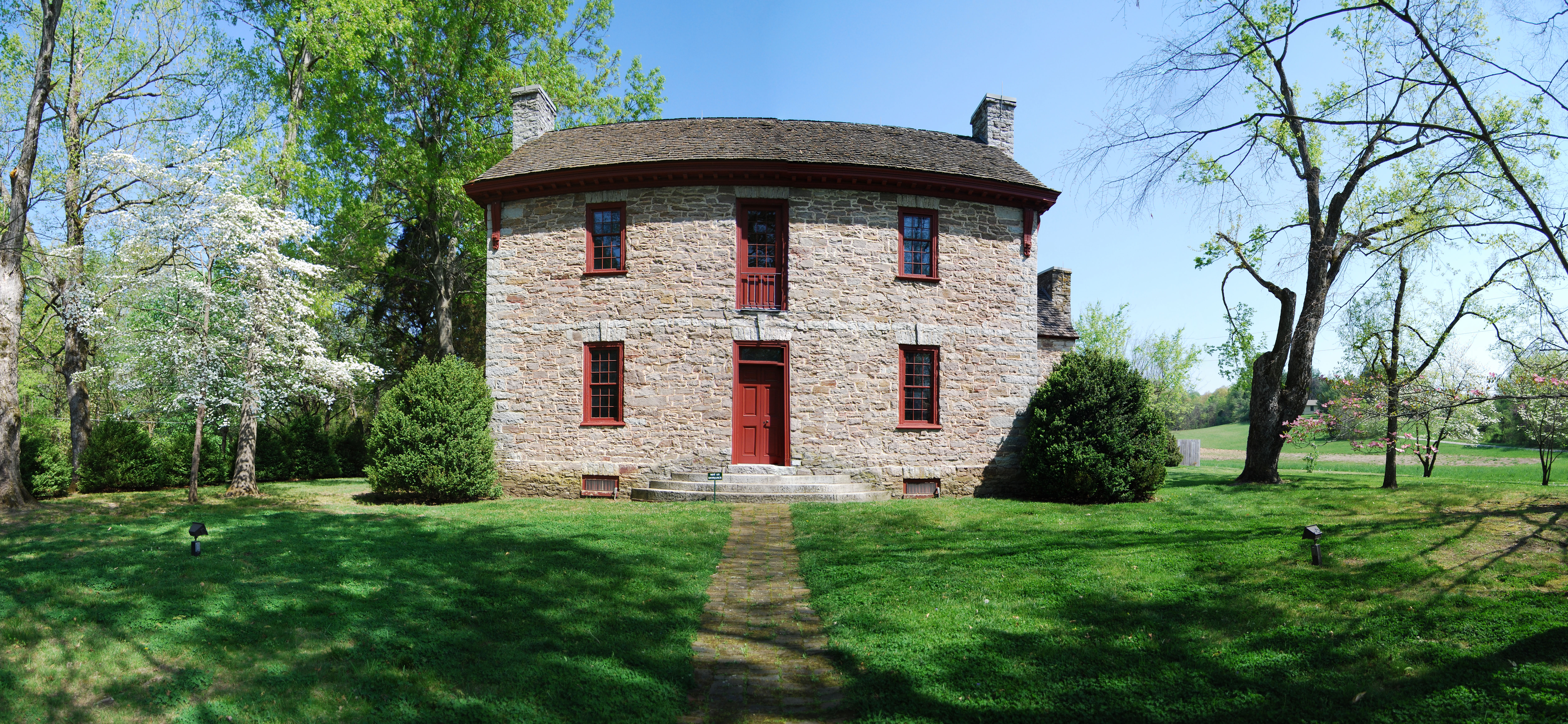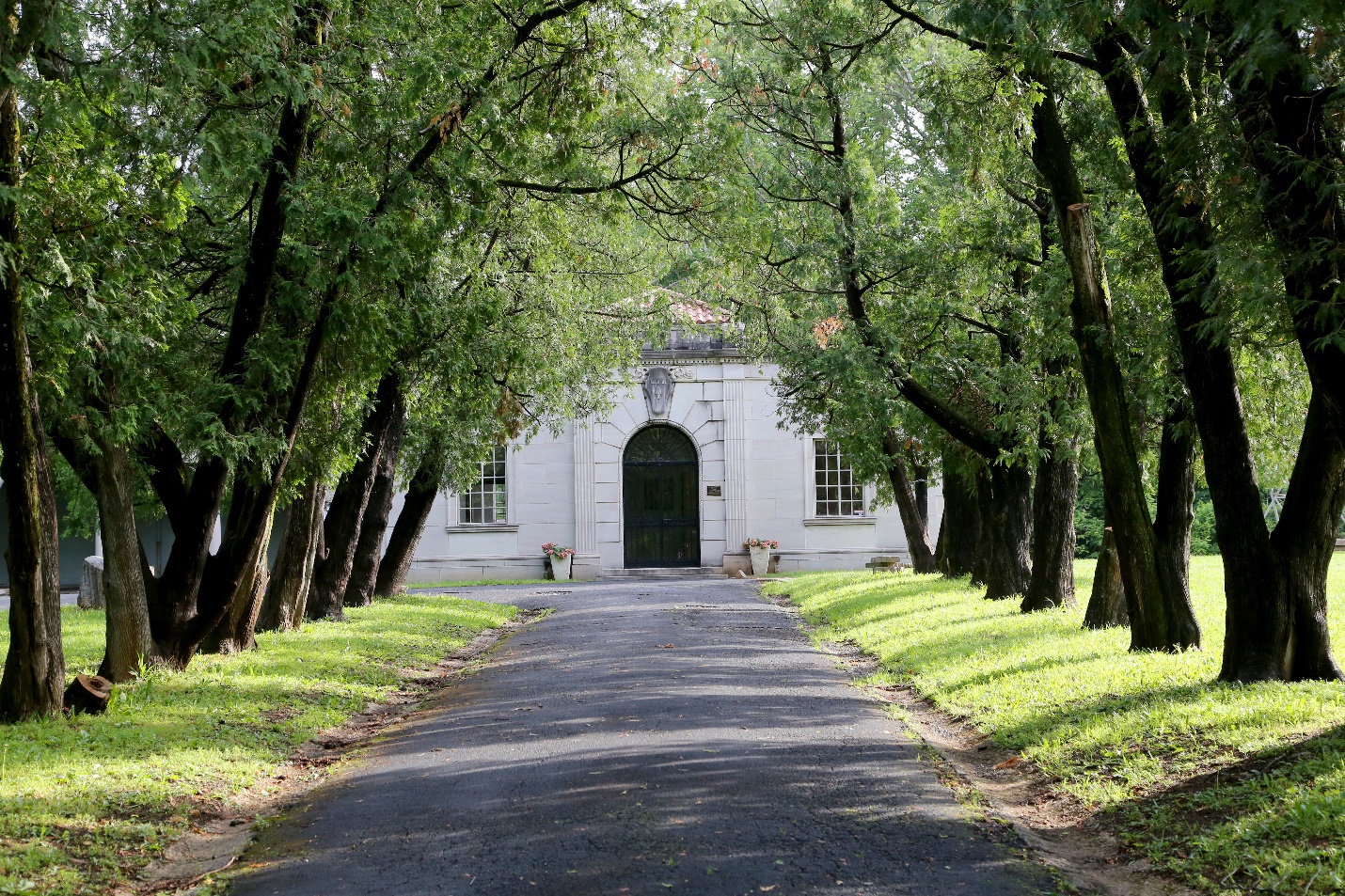Knoxville was once famous for factory-made stuff, like socks, gauges, motorboats, T-shirts, and Dumpsters, and for sheer tonnage of commodities loaded onto outbound freight cars: lumber, coal, iron, marble.
If you look closer, though, you'll find a few notable artisans here and there throughout our history. Call them Makers if you'd like, even if that term would have surprised them.
The first car ever seen in Knoxville, for example, didn't come on a train from Detroit. It was what you could call an artisanal product. A bicycle mechanic named Cowan Rodgers actually built it, without a kit. Around 1898, in a shop on old East Vine, he assembled one automobile from scratch. He drove it down Central, scaring the horses and the prostitutes. Then he built another. Then he realized he could never compete with Mr. Ford, and became a car dealer instead. He founded what became known as Rodgers Cadillac, which lasted into the 21st century.

Ramsey House
It's hard to know when it started. Maybe our first Maker was a college-educated Englishman named Thomas Hope. He built graceful furniture here in the 1790s--it's still prized by antique experts today--and sometimes he built houses, like the remarkable one known as Ramsey House, the first known structure built mostly of Tennessee marble. Today, it's probably the best place to see Hope's work.
The man who may be Knoxville's best-known artisan of the city's first century was also a mayor. His name was Samuel Bell, and he was a jeweler and a silversmith. Born in Pennsylvania in 1798, Bell had apprenticed up north during the War of 1812, and was working with silver and other precious metals from the day he arrived in Knoxville in 1820. He was a prominent figure in Knoxville, even elected mayor in 1840 and again in 1844.
According to legend, during his time in Knoxville Bell made the spurs Sam Houston wore at the Battle of San Jacinto. Bell became especially known for making Bowie knives. They're considered collectible even in this century; one of his knives showed up on national public television's "Antiques Roadshow" during their Corpus Christi episode in 2012. The appraiser knew exactly what it was, a Sam Bell Bowie knife, and gave it a value of $60-70,000.
His connections to former East Tennessean Houston and Bowie knives made it natural, perhaps inevitable that he would heed the pull of Texas. He was in his mid-50s when he moved to the Lone Star State, not long after it achieved statehood. There he became better known as an artisan than a politician.

Candoro Arts & Heritage Center
Marble was one of our industrial bulk materials, but it also inspired makers, including several Italian stonecutters who moved here early in the 20th century just to work with Knoxville marble. The best known of them, Albert Milani, carved marble and limestone for use in architecture and memorials. Our organization, the Knoxville History Project, installed a little tribute to him on Main Street near Walnut, honoring the eagles carved into the pediment of the Post Office building across the street in 1934.
Of course, there are lots of stories of quilters and furniture makers in Knoxville-area history. A lot of these represent basic skills passed down from one generation to another. There aren’t many people who made professional-quality musical instruments. The old Vestal Lumber Company in South Knoxville was proud to be the supplier of material for Steinway Pianos, but the pianos were actually made elsewhere.
That’s why Alburn Watson makes an interesting exception. Watson, born in 1878, was originally from Union County. According to his own account, once shared with a newspaper reporter, he learned how to make a basic fiddle from his uncle when he was just a teenager, in the 1890s.
As a skilled woodworker, he came to Knoxville to work in factories. He worked for years in a local coffin factory, perhaps grim work for a fellow who wants to make violins. Later he worked in a factory that built passenger cars. But by 1921, he was working on his favorite hollow-bodied wooden object. He set up shop at his home on Burwell Avenue making violins.
He also advertised “Artistic, Scientific Repairing.” He was never famous as a violin maker, but Watson’s violins are at least on the charts. He’s listed in the book, “Violin Makers of the United States,” which tells us he made basic Italian-style violins, not unlike those Mr. Stradivarius made. According to that source, he studied violin-making technique in the classical-music center of Cincinnati, from an expert named Adolph Spicker, a German-trained violin maker who was not famous but claimed to have repaired violins for major international violinists like Fritz Kreisler. He died in 1928, when Watson was at the peak of his local fame.

Watson’s violins aren’t priceless, but they've occasionally had brushes with fame. Perhaps the most influential fiddler in America popular-music history was a guy named Roy Acuff. One of Acuff’s fiddles, acquired a few years ago by the East Tennessee History Center, has a little label on the inside that has the name of Alburn Watson. Watson was about a generation older than Acuff, but they were both from Union County, and both lived in North Knoxville—just when Watson was making fiddles and Acuff was learning to play them.
Want to see and shop for current artisans’ work? Mark March 22-23 on your calendar for the Foothills Craft Guild Artisan Market and the Retropolitan Craft Fair on May 5!
Want to know more about current makers in Knoxville? Learn more about The Maker City and find a local maker in the directory, or maybe go visit some studios and shop on The Maker City Tour!

